Embarking on a weight loss journey can be both exciting and daunting. You start out strong, watching your calorie intake, exercising consistently, and noticing the number on the scale steadily decline. Then, often unexpectedly, the progress seems to stall out. This frustrating slowdown or standstill is commonly known as a weight loss plateau. Plateaus can test your patience, undermine motivation, and make you feel like you’ve hit a brick wall.
In many cases, the body has adjusted to your new habits, or lifestyle variables (like stress and sleep) are preventing further progress. The good news is that plateaus are not the end of the story; they’re simply part of the process. Breaking a plateau involves reevaluating your nutrition strategy, modifying your workout plan, and sometimes introducing subtle yet effective changes like integrating herbal metabolism boosters to support your body’s energy-burning processes.
In this article, we’ll explore the mechanics of weight loss plateaus, discuss how metabolism plays a central role in your weight journey, and dive deep into specific herbs that may give your metabolism a gentle nudge. We’ll also offer practical lifestyle tips to keep you moving toward your goals. By understanding the underlying factors and learning how to shift your routine effectively, you can overcome these stalls and stay motivated on your path to sustained weight loss.
Table of Contents
Understanding Weight Loss Plateaus
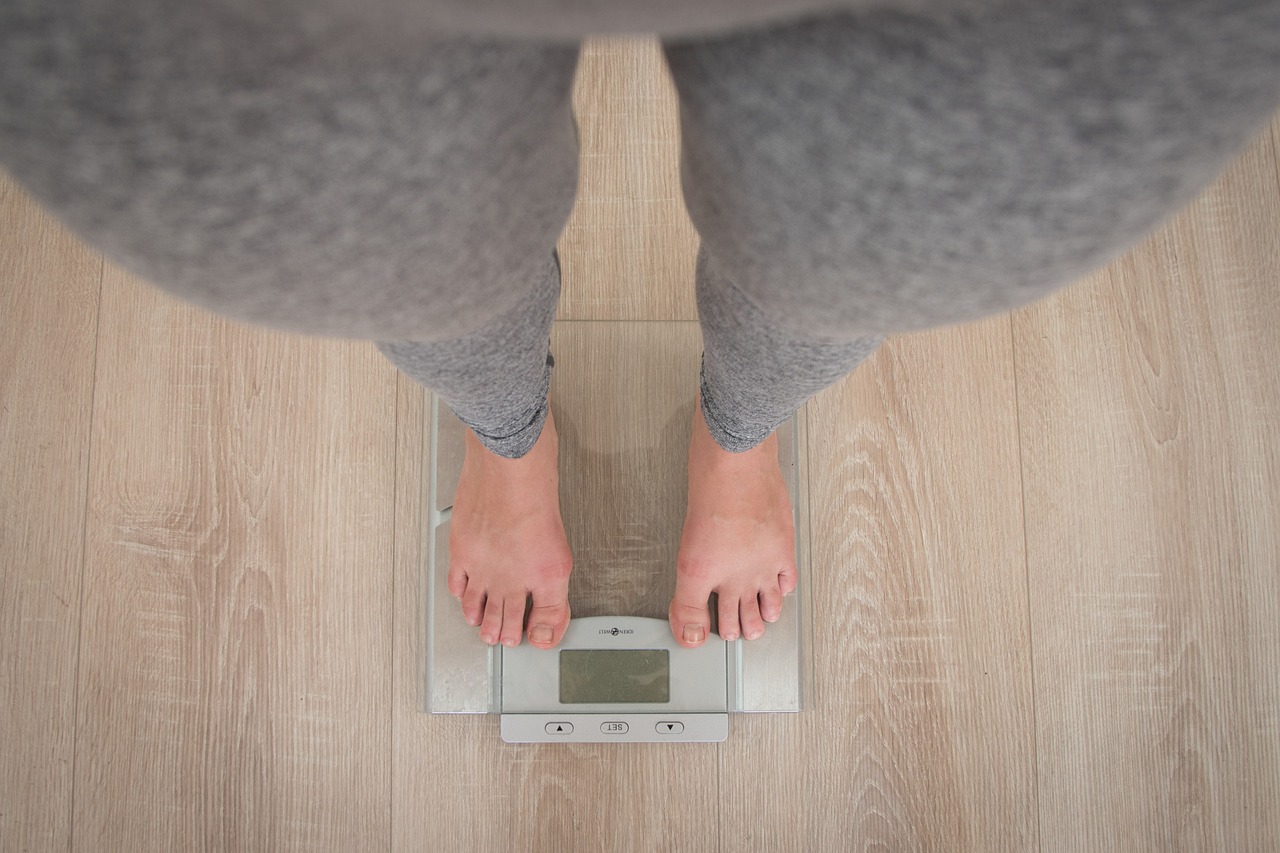
A weight loss plateau typically refers to a period in which you experience no noticeable change in your weight or body composition despite maintaining the same diet and exercise routine. For a lot of people, this can feel like a sudden and disheartening halt. However, understanding the “why” behind plateaus can go a long way in helping you navigate and break them.
Why Do Plateaus Occur?
Plateaus are not just your body rebelling against you. They are, in fact, a reflection of how dynamic and adaptable our bodies truly are. Some of the common reasons for hitting a plateau include:
- Calorie Adaptation: When you first reduce your calorie intake, your body responds by burning stored fat for energy. But over time, your body adapts to this lower calorie intake and becomes more efficient. Essentially, it finds ways to operate on fewer calories, slowing your weight loss.
- Metabolic Slowdown: Metabolism isn’t just a single process—it’s a collection of chemical reactions inside the body. If it senses a prolonged calorie deficit, your basal metabolic rate (BMR) may drop to conserve energy.
- Overestimation of Calorie Burn: Sometimes, people eat more calories than they realize or rely on workout machines that overestimate how many calories you burn. This discrepancy can lead to slower than expected fat loss.
- Loss of Muscle Mass: When you reduce calories, there’s a chance you may also lose a small amount of muscle along with fat—especially if your protein intake is inadequate or if you haven’t incorporated strength training into your regimen. Since muscle is metabolically active tissue, losing muscle slows your metabolism, contributing to plateaus.
- Lifestyle Factors: Stress, lack of sleep, hormonal changes, and certain medications all influence weight management. If one or more of these factors are overlooked, it can stall weight loss progress.
Metabolic Adaptation & the Set Point Theory
Metabolic adaptation is your body’s attempt to maintain balance (homeostasis) in the face of changes. If you’ve been dieting for a while, your body might interpret the calorie deficit as a threat, triggering a cascade of physiological responses to preserve energy and prevent further weight loss. This might include:
- Decreased production of key hormones like leptin, which reduces appetite regulation efficiency.
- Increased production of hormones like ghrelin, which stimulates hunger.
- Lowered BMR to match your reduced calorie intake.
Along with metabolic adaptation, the Set Point Theory suggests that each body has a sort of “comfortable range” or weight that it tends to stick to. When you move away from this range—whether by losing or gaining weight—your body attempts to bring you back, influencing hunger, satiety, and overall energy expenditure. While not universally accepted as the absolute truth, many experts believe our bodies do have preferences that can make prolonged weight loss more challenging.
Distinguishing Between a Plateau and Normal Fluctuations
It’s normal for weight to fluctuate daily or weekly based on:
- Water retention
- Hormonal cycles
- Gastrointestinal contents
- Sodium intake
- Stress levels
A true plateau is more consistent usually lasting three to four weeks or more with no changes in weight or inches lost. If you see minor day-to-day changes of a pound or two, that’s likely normal water weight fluctuation. Before deciding you’re in a plateau, track your weight and body measurements for at least two or three weeks to see if there’s a genuine standstill.
The Role of Metabolism in Weight Loss
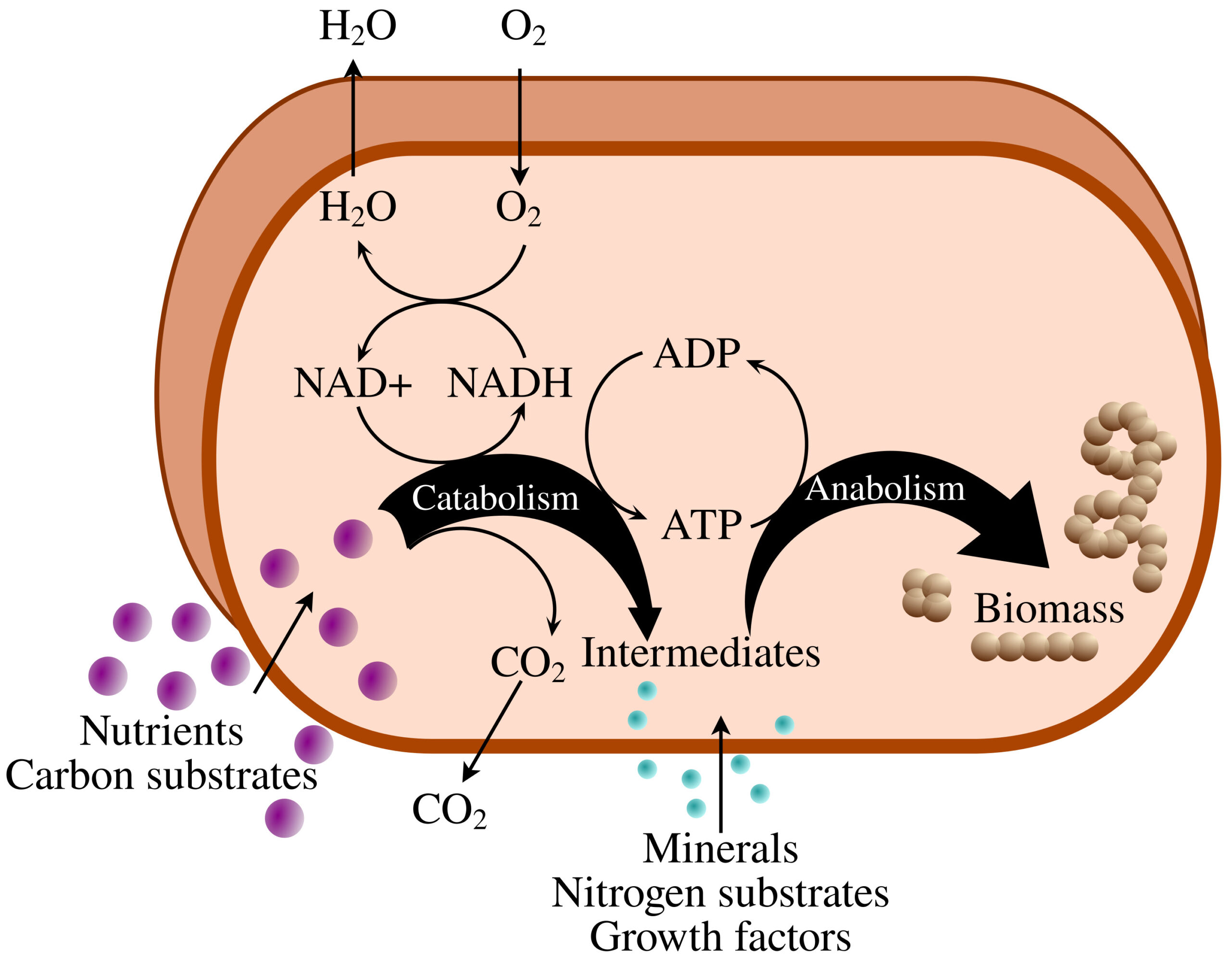
Metabolism can be a mysterious concept. We know it has something to do with how our bodies turn food into energy, but the specifics can be fuzzy. The short answer is that metabolism comprises all the chemical processes that occur within your body, including converting the nutrients you eat into fuel and distributing that fuel where it’s needed. A faster or more efficient metabolism allows you to burn calories more readily, while a slower metabolism can make it harder to lose weight.
Basal Metabolic Rate (BMR)
Basal Metabolic Rate (BMR) is the number of calories your body burns at rest, just to maintain basic bodily functions (breathing, blood circulation, cell production, temperature regulation, etc.). BMR varies from person to person and is influenced by factors such as:
- Age
- Sex
- Genetics
- Hormonal balance
- Muscle mass
People with higher amounts of muscle tend to have higher BMR because muscle tissue is more metabolically active than fat tissue. During a weight loss journey, protecting or increasing your muscle mass through strength training can help maintain a healthy BMR.
Thermic Effect of Food (TEF)
The Thermic Effect of Food (TEF) represents the energy your body expends digesting, absorbing, and metabolizing nutrients. Some macronutrients require more energy to break down than others. For instance:
- Protein has a higher thermic effect (about 20–30% of its calories are used during digestion).
- Carbohydrates are moderate (5–10% of their calories go to digestion).
- Fats have the lowest thermic effect (0–3%).
Ensuring you have enough protein in your meals can naturally give you a small metabolic boost through TEF, which can be beneficial when you’re trying to break a plateau.
Total Energy Expenditure (TEE)
Your Total Energy Expenditure (TEE) is the sum of:
- Your BMR
- The thermic effect of food (TEF)
- Physical activity (including planned exercise and spontaneous movement)
To lose weight, you typically want to create a calorie deficit—burning more calories than you consume. This can be done by lowering your calorie intake, increasing your energy output (movement), or a combination of both. When a plateau occurs, recalculating your TEE and making strategic changes in exercise, diet, or lifestyle is often necessary.
Herbal Metabolism Boosters: An Overview
Long before modern supplement science, various cultures around the world relied on herbs and natural remedies to support health and vitality. Certain herbs are known for their potential thermogenic (heat-producing) properties or for supporting processes that can indirectly help with weight management—like better digestion or reduced inflammation.
While these herbs aren’t magical solutions that guarantee immediate weight loss, they can offer subtle benefits. Over time, and especially when combined with other lifestyle changes, these benefits can help tip the scales in your favor.
Below is an in-depth look at popular herbal metabolism boosters, how they might help, and what to be mindful of if you decide to include them in your routine.
1. Green Tea & Green Tea Extract
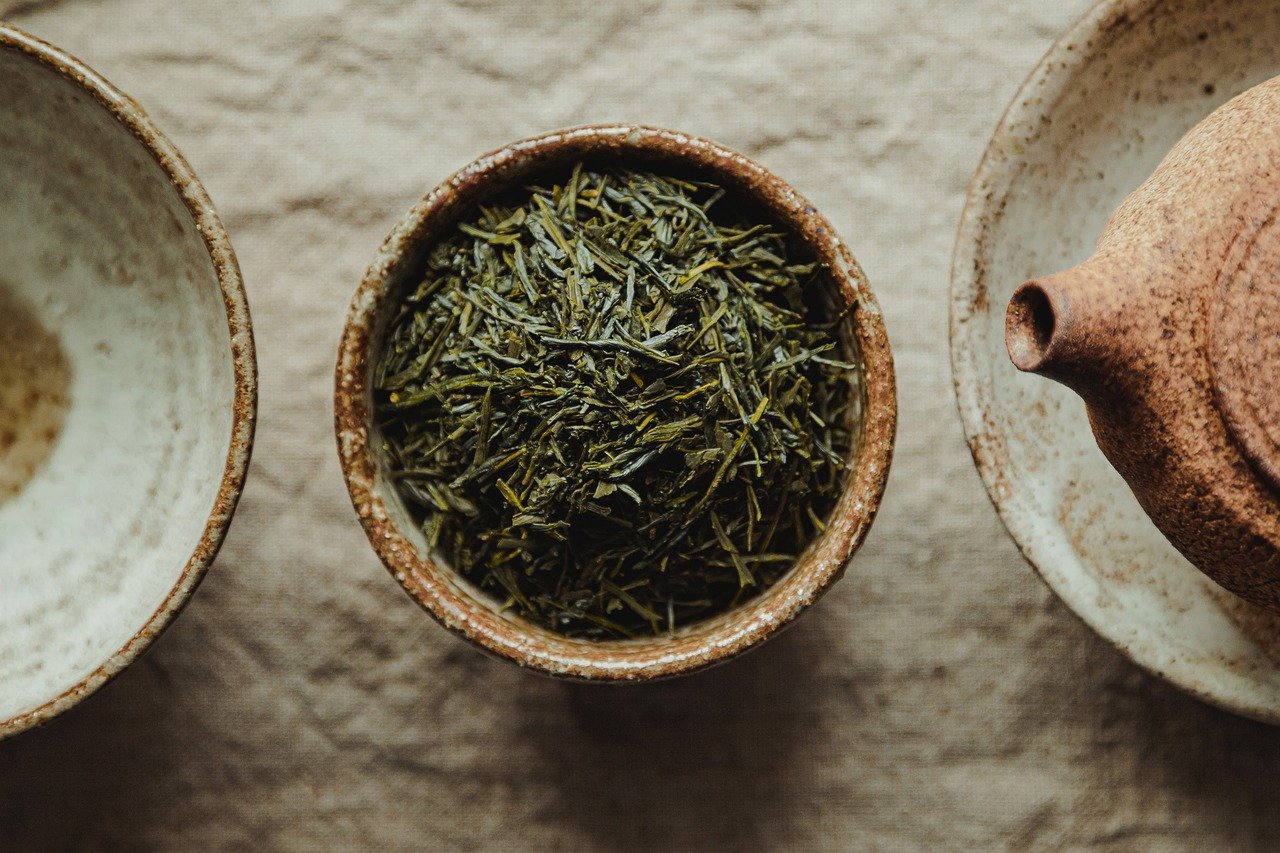
Green tea is a staple in many traditional medicines and has gained recognition for its potential metabolism-boosting properties. Green tea contains:
- Catechins (EGCG): A group of powerful antioxidants believed to help increase energy expenditure and fat oxidation.
- Caffeine: Though moderate compared to coffee, green tea’s caffeine content can mildly stimulate the central nervous system and support metabolic processes.
Benefits:
- May increase fat oxidation (the process of breaking down stored fats).
- Rich in antioxidants that can support overall health.
- Some studies suggest green tea extracts can offer a modest increase in metabolic rate.
How to Use:
- Drink 2–3 cups of brewed green tea per day.
- Consider a standardized green tea extract supplement, making sure it is from a reputable brand that specifies its catechin content.

2. Ginger
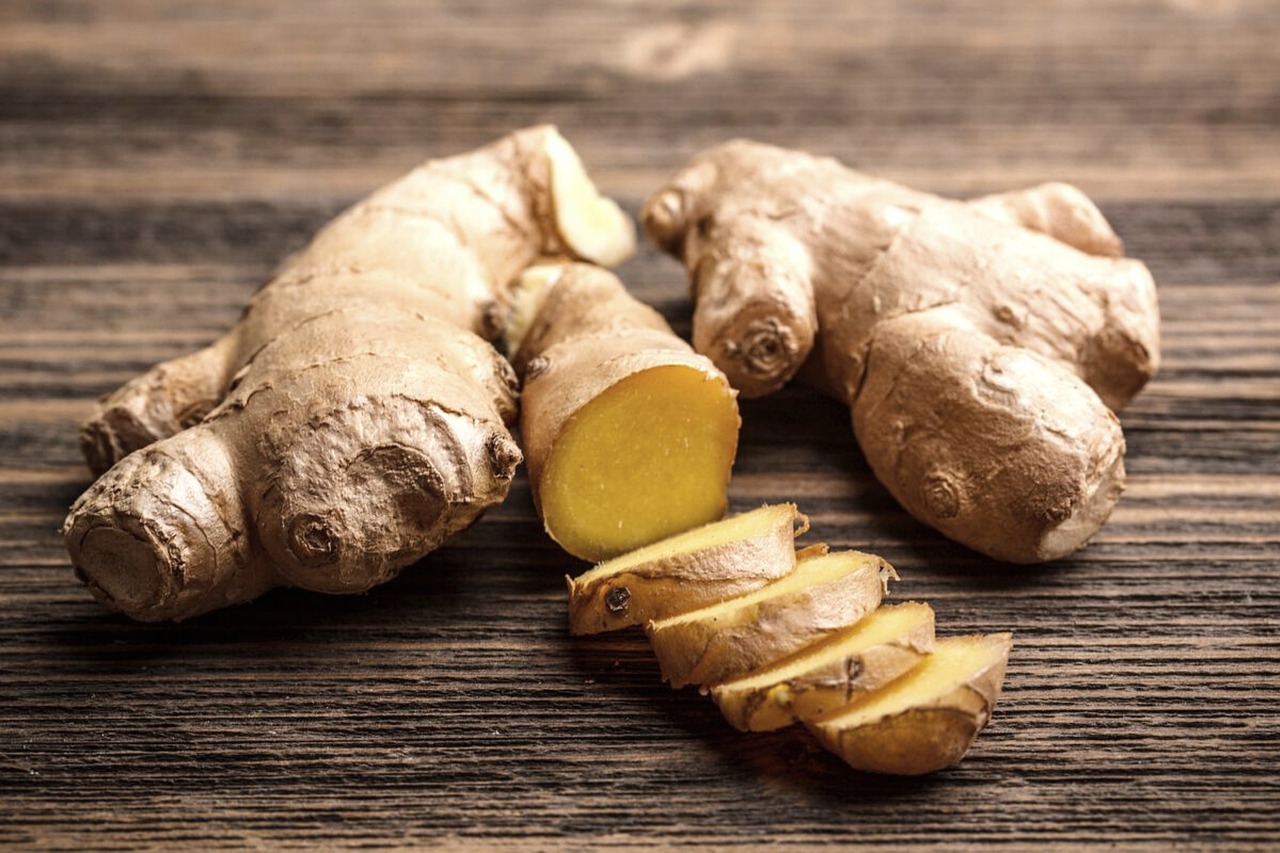
Ginger has a sharp, warming flavor and is commonly used in cooking and herbal remedies. The active constituents, such as gingerol and shogaol, are believed to stimulate digestion and may help the body generate more heat.
Benefits:
- May improve digestion, potentially reducing bloating.
- Has anti-inflammatory properties.
- Can enhance the thermogenic effect of meals, leading to slightly increased calorie burn after eating.
How to Use:
- Grate fresh ginger into stir-fries, soups, or smoothies.
- Steep fresh ginger slices in hot water to make a soothing tea.
- Use ginger powder in marinades, baked goods, or salad dressings.
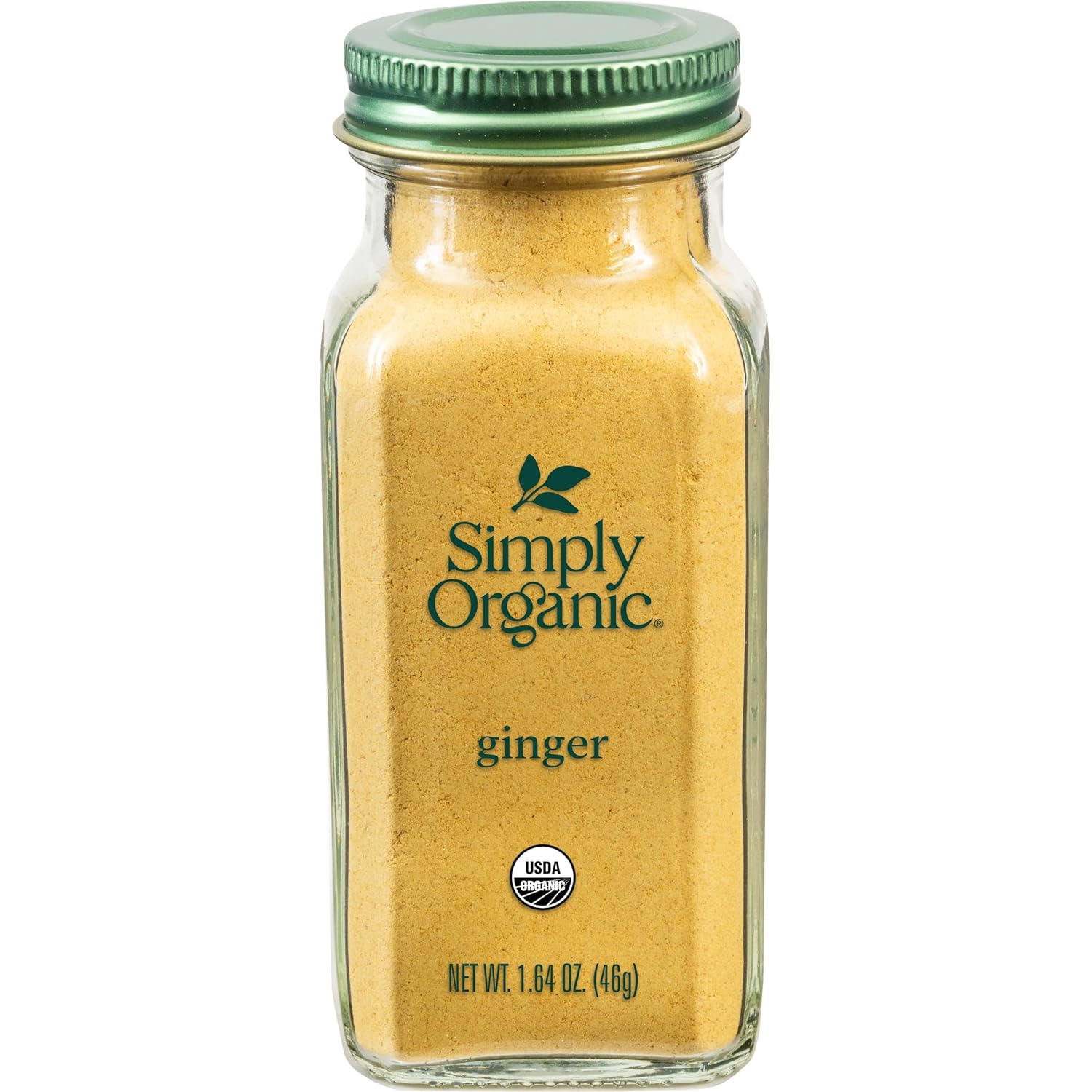
3. Cayenne Pepper (Capsaicin)
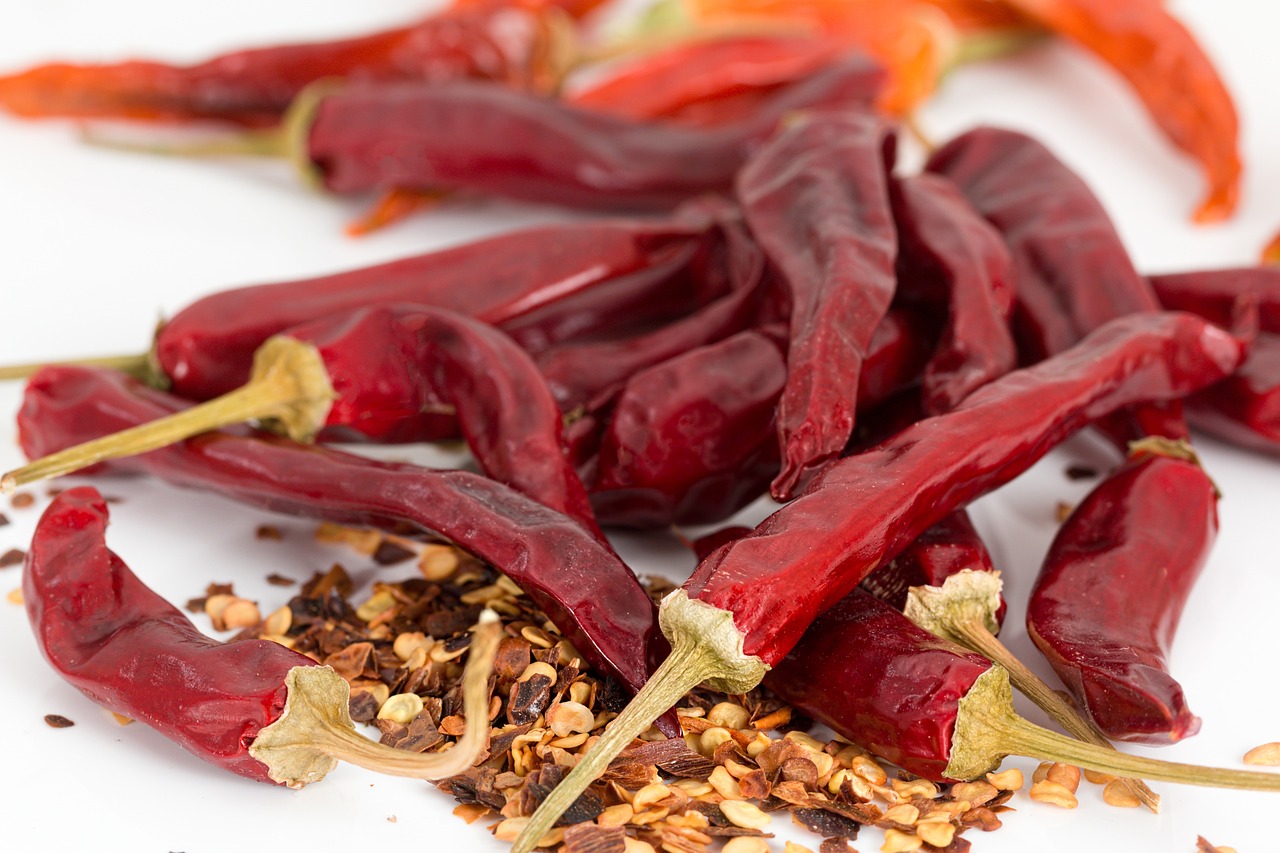
Known for its fiery heat, cayenne pepper contains an active compound called capsaicin. Capsaicin is famous for its thermogenic effect, which can temporarily boost metabolism and energy expenditure.
Benefits:
- Increases body temperature, prompting short-term boosts in metabolic rate.
- May help suppress appetite for some individuals.
- Adds flavor to foods without extra calories.
How to Use:
- Sprinkle cayenne on your protein, eggs, or vegetables.
- Add a pinch to soups, stews, or chili for a spicy kick.
- Include cayenne-infused oils in dressings or drizzles.
- Start small if you’re not used to spicy foods and gradually increase the amount.
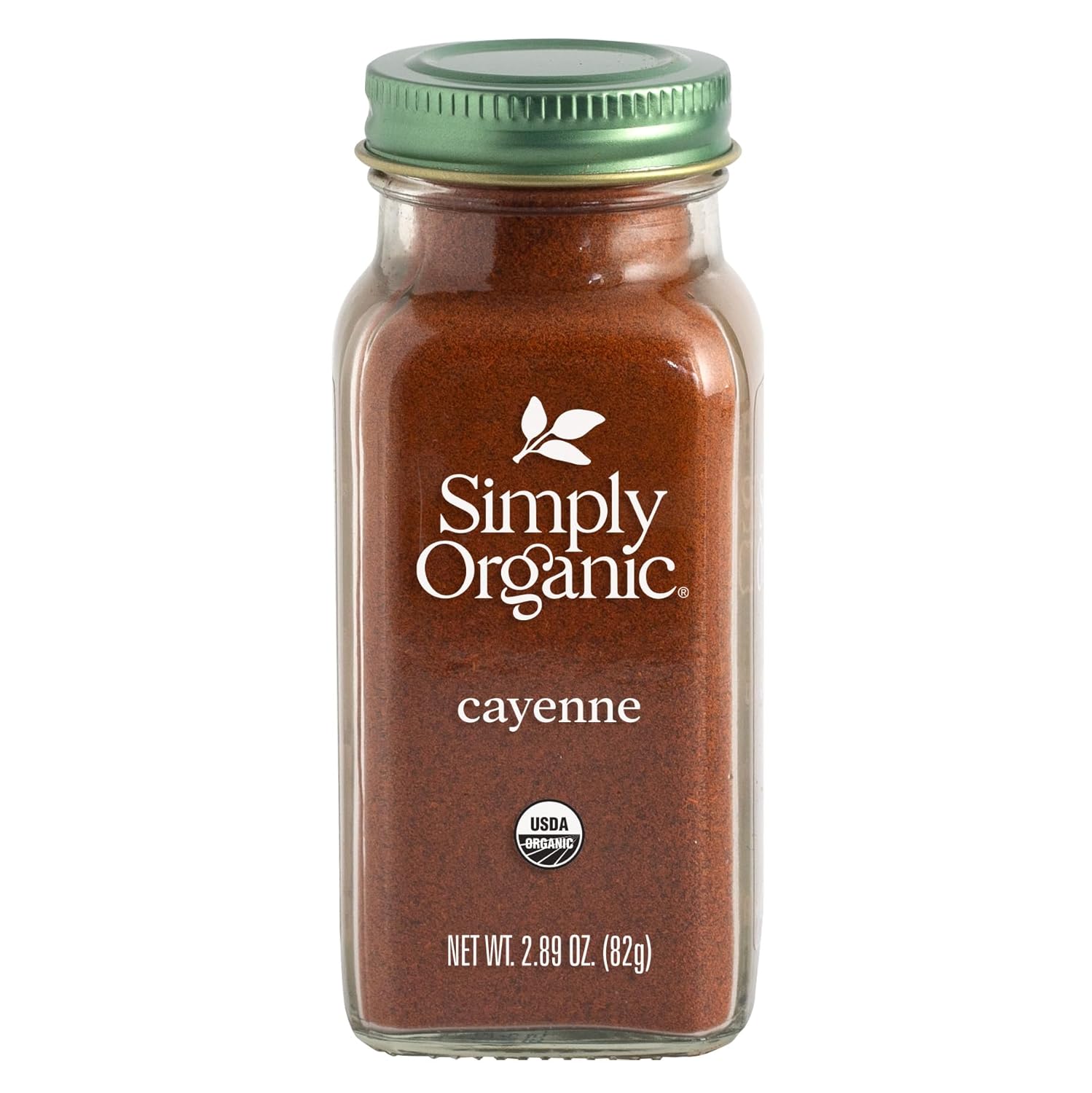
4. Cinnamon

Cinnamon is not just a sweet spice—it has properties that can help regulate blood sugar levels, which is crucial for weight management.
Benefits:
- May help increase insulin sensitivity, potentially stabilizing blood sugar.
- Reduced blood sugar spikes can help manage cravings and control appetite.
- Contains antioxidant compounds that support overall health.
How to Use:
- Sprinkle cinnamon on oatmeal, yogurt, or fruit.
- Add it to coffee or tea for a flavorful twist.
- Use cinnamon as part of a spice rub for meats or roasted vegetables.
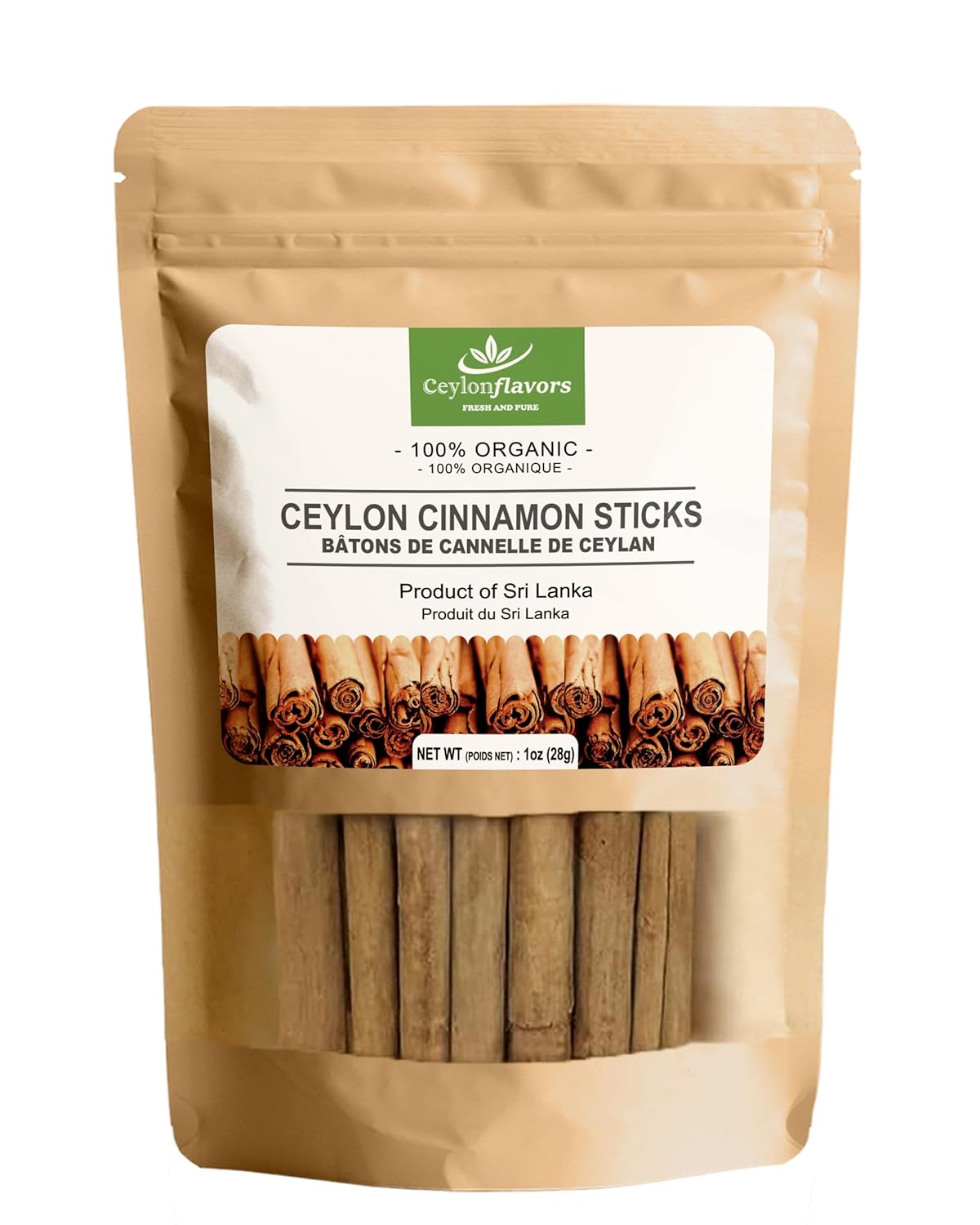
5. Ginseng

Ginseng, particularly Panax ginseng, is a well-known adaptogenic herb in traditional Chinese and Korean medicine. Adaptogens help the body adapt to stress, which can indirectly support weight management by balancing hormones and energy levels.
Benefits:
- May help reduce stress-related overeating.
- Can mildly improve energy levels, potentially enhancing workouts.
- Potentially supports healthy blood sugar regulation.
How to Use:
- Brew ginseng tea or use ginseng extract capsules.
- Look for high-quality, standardized extracts to ensure potency.
- Check with a healthcare professional if you have any underlying conditions or concerns.
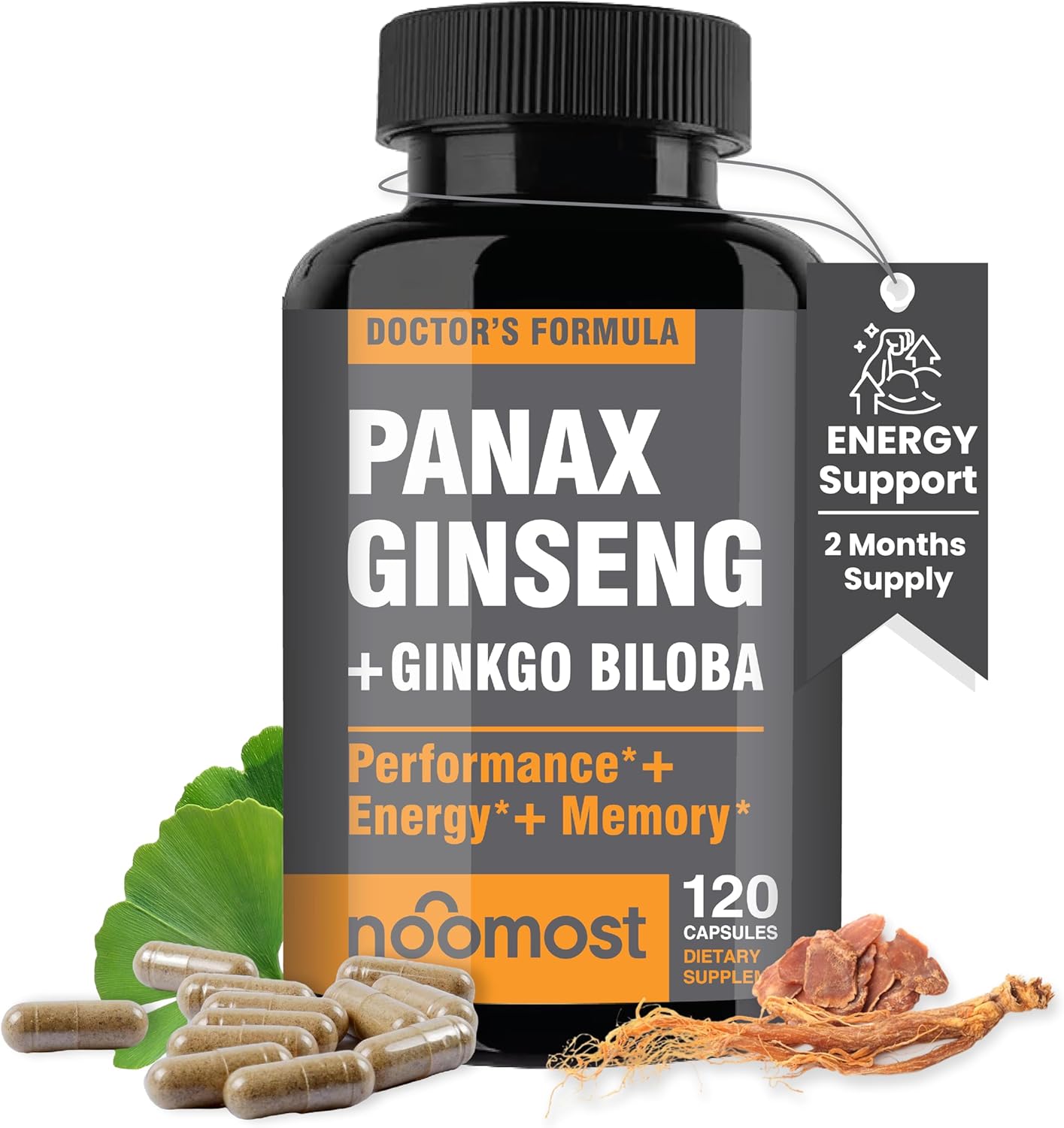
6. Guarana & Natural Caffeine Sources

Guarana is a Brazilian plant containing caffeine and other stimulants like theobromine. It’s a popular ingredient in energy drinks and weight management supplements because it can provide a natural energy lift.
Benefits:
- Boosts alertness and may improve exercise performance.
- Supports metabolism by stimulating the central nervous system.
- Contains antioxidants that can help scavenge harmful free radicals.
How to Use:
- Capsules or powdered forms mixed into smoothies.
- Start with small doses to assess your tolerance for caffeine.
- Avoid taking it late in the day, as it may disrupt sleep.
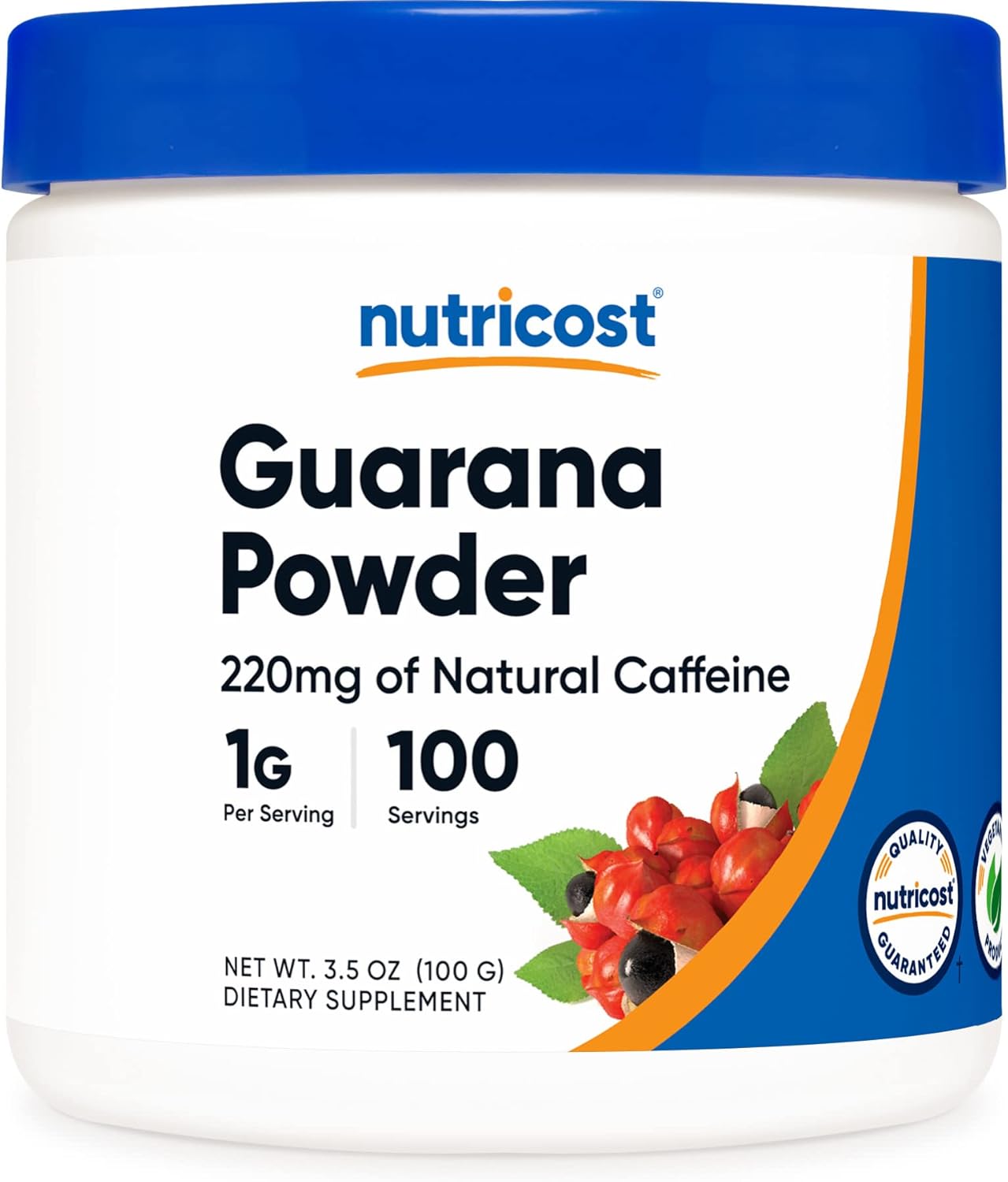
7. Turmeric (Curcumin)
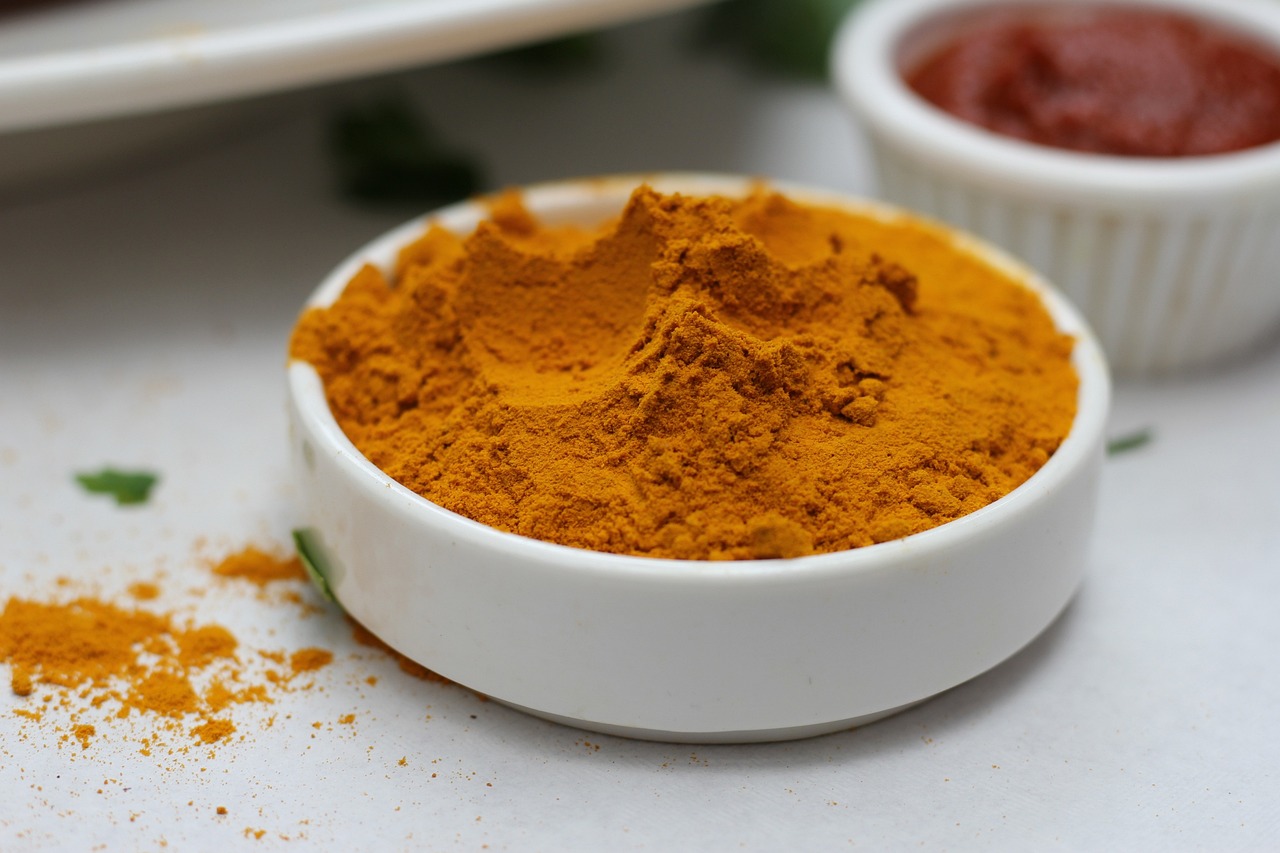
While turmeric is not typically referred to as a “fat burner,” it is celebrated for its main active compound, curcumin, which has anti-inflammatory properties. Since chronic inflammation can interfere with hormones related to weight regulation, turmeric may indirectly support healthy metabolism.
Benefits:
- Helps reduce inflammation, potentially improving metabolic function.
- May support healthy digestion.
- Supports overall health and antioxidant defenses.
How to Use:
- Add fresh turmeric root or turmeric powder to curries, soups, and smoothies.
- Pair turmeric with black pepper to enhance curcumin absorption.
- Use a curcumin supplement with piperine (from black pepper) for maximum bioavailability.

Potential Side Effects & Precautions
While herbs can be beneficial, they are not immune to side effects or complications. Some potential issues to keep in mind:
- Caffeine Sensitivity: If you’re sensitive to stimulants, herbs like green tea or guarana might cause jitters or sleep disturbances.
- Medication Interactions: Herbs can interact with medications (blood thinners, diabetes medications, etc.). Always consult a healthcare professional.
- Allergies: Spices like cayenne or cinnamon may cause irritation or allergic reactions for some individuals.
- Excessive Use: More isn’t always better—taking large amounts of certain herbs could lead to digestive upset or other adverse effects.
Lifestyle Tips & Strategies to Overcome Plateaus
Herbal metabolism boosters can complement your weight loss efforts, but the real magic happens when you combine them with lifestyle adjustments. If you’re stuck in a plateau, consider these science-backed strategies to revamp your routine.
Revamping Your Calorie Intake

If you’ve been following the same calorie level for a while, your body may have adapted. Consider:
- Cycling Calories: Alternate between higher and lower calorie days to keep your metabolism guessing.
- Re-evaluating Portions: Sometimes, portion sizes creep up over time. Re-measure foods or track calories to ensure accuracy.
- Adding Nutrient Density: Replace calorie-dense, nutrient-poor foods (chips, sweets) with nutrient-dense options (vegetables, lean proteins, whole grains).
Example
- Weekdays (Lower Calorie): Stick to a slight calorie deficit Monday through Friday.
- Weekend (Slightly Higher): Incorporate an extra 200–300 calories from healthy foods to create a cycling effect.
Boosting Non-Exercise Activity Thermogenesis (NEAT)

NEAT includes all the movement you do outside of formal exercise (e.g., walking around the office, fidgeting, cleaning the house, gardening). Increasing NEAT can significantly enhance your daily calorie burn.
- Stand up and stretch every hour if you have a desk job.
- Walk or bike to run errands whenever possible.
- Take the stairs instead of the elevator.
- Pace around while talking on the phone.
These small efforts can add up, contributing to breaking your plateau without drastically changing your schedule.
Strength Training & Muscle Retention

When it comes to metabolism, muscle mass is your ally. Strength training doesn’t just help you shape and tone your body—it also helps preserve or increase muscle mass, which can keep your BMR higher.
- Aim for 2–3 sessions of strength training each week, focusing on major muscle groups (legs, back, chest, shoulders, arms).
- Use progressive overload by gradually increasing the weights or resistance.
- Include compound exercises (e.g., squats, deadlifts, bench presses, rows) for maximum muscle engagement.
The Importance of Protein and Balanced Nutrition

Protein is critical for repairing and building muscle, supporting satiety, and slightly boosting your metabolism through the thermic effect of food.
- Aim for about 0.7–1 gram of protein per pound of body weight (1.6–2.2 grams/kg) daily if you’re engaged in regular training.
- Distribute your protein intake throughout the day to maximize muscle protein synthesis.
- Combine protein with healthy fats, complex carbohydrates, and plenty of fruits and vegetables to ensure micronutrient adequacy.
Sleep Hygiene and Stress Management

Chronic stress and inadequate sleep can sabotage weight loss efforts. When you’re constantly stressed or sleep-deprived:
- Cortisol (the stress hormone) levels can remain elevated, potentially leading to increased fat storage, especially around the abdominal area.
- Cravings for high-sugar and high-fat foods may skyrocket.
- Energy levels drop, making you less inclined to exercise.
Tips for Better Sleep:
- Establish a consistent bedtime routine.
- Limit electronics before bed.
- Keep your bedroom cool, dark, and quiet.
- Avoid consuming caffeine late in the day.
Stress Management Techniques:
- Practice mindfulness or meditation.
- Engage in hobbies (art, music, reading) that help relax your mind.
- Consider gentle activities like yoga or tai chi to calm the nervous system.
Variety in Workouts and Routine Changes

One reason for a plateau is monotony in your routine. If your workouts haven’t changed in months, it’s time to switch it up:
- Try a new form of cardio (cycling, swimming, HIIT, dance workouts).
- Change your strength exercises or the order in which you do them.
- Incorporate interval training to add high-intensity bursts to your regular workouts.
- Increase or decrease the duration or frequency of your workouts to keep your body adapting.
Mindful Eating and Emotional Triggers

Weight plateaus sometimes occur when unconscious eating habits creep back in. Emotional triggers—stress, boredom, or sadness—can lead to mindless snacking. Practicing mindful eating can help you tune into your hunger and fullness signals:
- Eat Without Distractions: Put away your phone and turn off the TV while eating.
- Chew Thoroughly: Slow down your eating pace to appreciate flavors and recognize satiety.
- Identify Emotional Triggers: Keep a journal to track mood changes and cravings, looking for patterns in your behavior.
Combining Herbal Remedies with a Healthy Lifestyle

As you explore herbal metabolism boosters, remember that these are complementary tools, not a standalone solution. Think of them like the icing on the cake—a bonus that supports your broader efforts.
Best Practices for Consistency
- Select One or Two Herbs: Start with one or two herbal boosters to gauge how your body responds. For instance, you might add green tea to your morning routine and occasionally cook with cayenne pepper for lunch or dinner.
- Stick to a Schedule: Consistency is key. Whether it’s having a cup of green tea after breakfast or adding turmeric to your evening meal, make it a habit.
- Pair with Balanced Meals: Herbs work best when part of a nutrient-rich, balanced diet.
Safety & Interaction Considerations
- Consult a Professional: If you have medical conditions like high blood pressure, diabetes, or thyroid issues, check with a healthcare provider before adding herbal supplements.
- Allergies & Sensitivities: Perform a patch test or try small amounts first if you suspect sensitivities to any spices or herbs.
- Medication Interactions: Herbs like ginger or turmeric could thin the blood, so if you’re on medications like anticoagulants, talk to a pharmacist or doctor beforehand.
Sample Daily Routine to Break Through a Plateau

Here’s a sample routine that incorporates herbal boosters and practical tips. Adjust portions and times based on your personal schedule and calorie needs.
- Upon Waking
- Drink a glass of water with a slice of lemon or a pinch of cayenne pepper. This can kickstart hydration and digestion.
- Breakfast (7–8 AM)
- Meal: Oatmeal topped with berries, a sprinkle of cinnamon, and a tablespoon of almond butter.
- Beverage: Cup of green tea (can add a little ginger if you enjoy the taste).
- Mid-Morning (10 AM)
- Light snack: Greek yogurt with honey and a dash of turmeric.
- Short walk or light stretching break.
- Lunch (12–1 PM)
- Meal: Grilled chicken breast with mixed vegetables (broccoli, carrots, bell peppers) seasoned with cayenne pepper and black pepper, served over a small portion of brown rice or quinoa.
- Focus on protein and fiber-rich veggies to keep you full.
- Afternoon (3–4 PM)
- Herbal tea or unsweetened green tea.
- Small snack option: Sliced apple with peanut butter or a handful of nuts and seeds.
- Pre-Workout (5–6 PM)
- Consider a ginger shot if you need an energy boost, or have a small cup of coffee for a caffeine bump.
- Workout: 45-minute strength training session (full body).
- Post-Workout (6–7 PM)
- Recovery meal or shake with whey or plant-based protein, spinach, and frozen berries (helps replenish nutrients and support muscle growth).
- Dinner (7–8 PM)
- Meal: Salmon or tofu (for a vegetarian option) with a turmeric and black pepper seasoning. Side of roasted vegetables (zucchini, tomatoes, onions).
- Aim for a balanced plate: protein, healthy fats, and complex carbohydrates.
- Evening (9 PM)
- Optional: Chamomile tea or a relaxing herbal blend (avoid caffeine late at night).
- Unplug from electronics at least 30 minutes before bed to support sleep quality.
This sample day emphasizes metabolic-supporting herbs (cayenne, turmeric, ginger, green tea), balanced nutrition, and movement, but feel free to adjust based on personal preferences and dietary restrictions.
Additional Strategies to Keep Momentum
Beyond the foundational tips already covered, the following methods can help you maintain motivation and continue progressing toward your weight loss goals.
Intermittent Fasting or Meal Timing
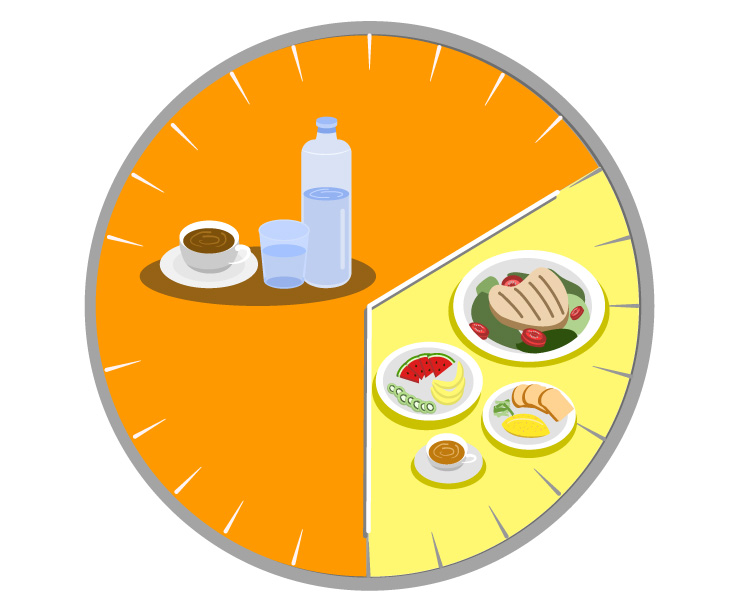
Intermittent fasting (IF) involves cycling between eating and fasting windows—such as the 16:8 method (16 hours of fasting, 8 hours of eating). While some people find IF helps them overcome plateaus by reducing overall calorie intake and improving insulin sensitivity, it’s not a guarantee for everyone. If you have a history of disordered eating, consult a professional before trying IF.
Benefits:
- Can help regulate hunger hormones.
- May simplify mealtime decision-making.
- Potentially increases fat oxidation if done correctly.
Progress Tracking and Measurement

Measuring progress isn’t just about the scale:
- Body Measurements: Use a tape measure for your waist, hips, arms, and thighs.
- Progress Photos: Monthly or bi-weekly photos help you see changes not always reflected on the scale.
- Strength Gains: Track how much weight you can lift or how many reps you can do. Improvements here often mean you’re gaining muscle.
- Fit of Clothing: If your clothes start to fit better, that’s a sign of progress, even if the scale is stubborn.
Reward Systems and Motivation

Maintaining morale during a plateau is challenging. Setting up a reward system—that doesn’t revolve around food—can help:
- Short-Term Rewards: Treat yourself to a new workout top or a massage after reaching a mini-goal (like consistently doing cardio three times a week).
- Long-Term Rewards: Plan bigger rewards (like a weekend getaway or a new gadget) after you break the plateau or achieve a certain milestone.
Seeking Professional Guidance

If you’ve been stuck for months without progress, or if you have underlying health conditions, consider seeking help from:
- Registered Dietitian (RD): Can provide personalized meal plans, identify hidden calorie intake, and adjust macros.
- Personal Trainer: Creates workout programs tailored to your goals, ensuring progressive overload and injury prevention.
- Behavioral Therapist: Helps with emotional eating triggers or entrenched habits that sabotage progress.
Conclusion: Moving Forward with Confidence
Breaking through a weight loss plateau often requires a multi-pronged approach: taking another look at your diet, varying your exercise routine, ensuring your metabolic rate isn’t slowing down, and nurturing your body with quality sleep and stress management practices. When you incorporate herbal metabolism boosters, you add a dynamic layer of support that can help your body burn energy more efficiently and maintain consistency.
Here’s a brief recap of the essential points:
- Identify True Plateaus: Make sure it’s not just daily weight fluctuations.
- Understand Your Metabolism: Knowing about BMR, TEF, and TEE helps you make informed adjustments.
- Leverage Herbal Allies: Herbs like green tea, ginger, cayenne pepper, cinnamon, and others can subtly enhance metabolic function.
- Revamp Lifestyle Factors: Adjust calorie intake, prioritize strength training, diversify workouts, and practice mindful eating.
- Manage Stress and Sleep: Remember, these can significantly influence weight management.
- Stay Consistent & Adapt: Your body adapts over time, so keep evolving your routine.
Weight loss is seldom linear. Plateaus may feel like dead ends, but they’re actually opportunities to fine-tune your approach, learn more about your body, and emerge stronger on the other side. Consider the journey as an ongoing experiment in discovering what works best for you—balancing physical health with mental and emotional well-being. Overcoming plateaus is entirely possible with the right mindset, a willingness to adapt, and a touch of patience.
Remember: always consult healthcare professionals before making significant changes to your diet or exercise routine, especially if you have pre-existing conditions or concerns. Armed with the insights from this guide, you’re now ready to tackle plateaus with confidence and continue your progression toward a healthier, fitter version of yourself.





